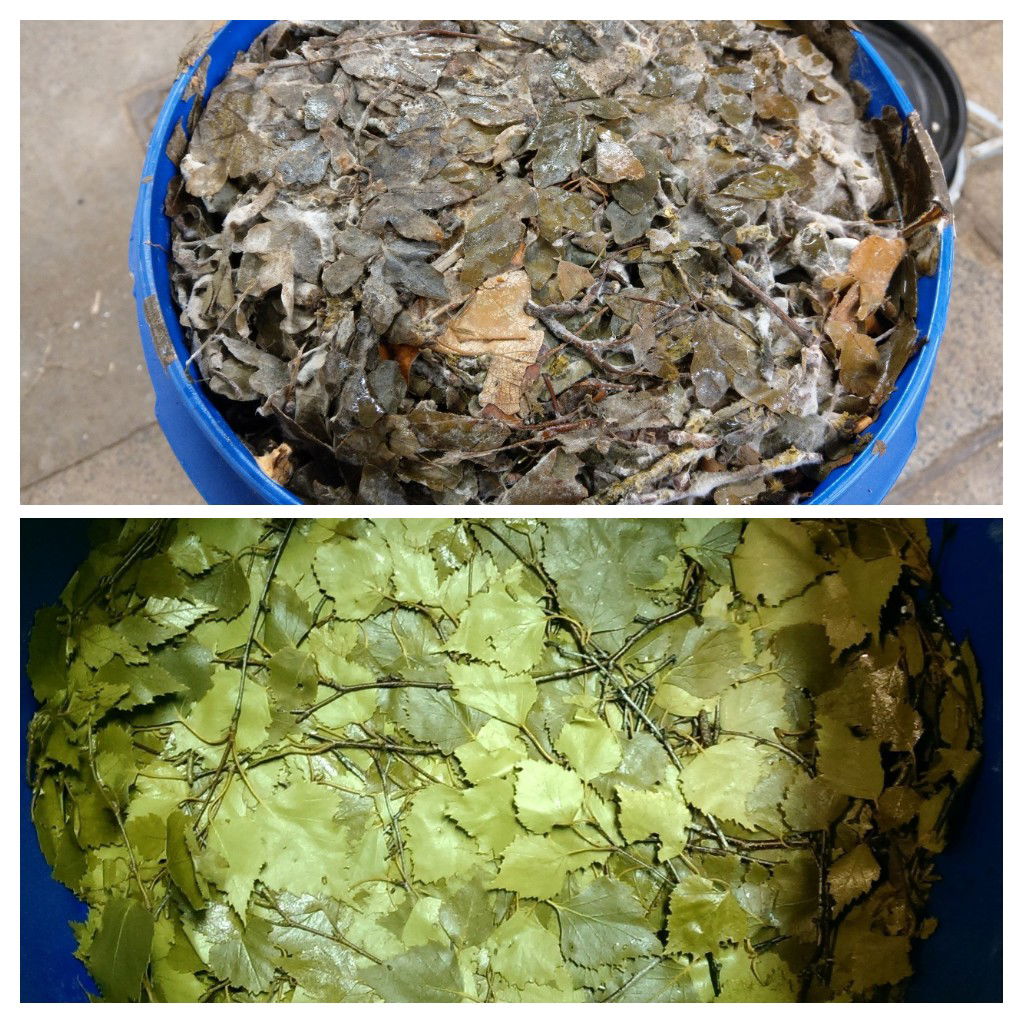Introduction to Leaf Silage - Part 5
Introduction to Leaf Silage - Part 5
Author : Louise Jakobsen
Your silage is packed and you now need to store your containers. Preferably, somewhere with a cool constant temperature and out of the sun. If you have an empty barn or disused stable, these can function quite well as a storage area.
You should in theory be able to start using your barrels 6-8 weeks after packing but if you started packing at the beginning of the season and made sure to stack your containers with the oldest at the front, you will be on the safe side come winter.
If the material was packed properly and containers sealed and stored appropriately, the silage should store fine for up to two years.
As mentioned at the beginning of this series; once opened, you have a limited time to use up the material in the container.
It is strongly advised to label your containers so you know when it was packed, what’s inside and for your own future reference, if there were any particular circumstances when packing which could potentially affect the quality of the material.
Winter has arrived and it is time to start feeding out your silage. It is crucial to know how good quality silage looks and smells like!
So many factors will determine whether your silage will be a success or not: the quality of the material, the quality of your packing, the quality of the container used and storage. In the worst cases, the whole container may have to be discarded.
Below is an example of bad and good silage.

Most of the time, you can be lucky that it is only the top part that is mouldy and it is not entirely unusual to have a small amount of mould and yeast at the very top (if using a barrel as an example).
Make sure to remove any mould and yeast before feeding out.
Silage can have a very strong smell and it can vary with the species of leaves packed. The smell is probably the most important guide to how good the silage is. Ideally, well-fermented silage should not have a strong odour because the main organic acid from the fermentation – lactic acid – is nearly odourless.
Leaf silage does tend to have a fruity or sweet odour due to the composition of the leaves. If your silage smells rancid or earthy, it should be discarded.
You can read more about the different smells and what they mean in little more depth in Part 6.



